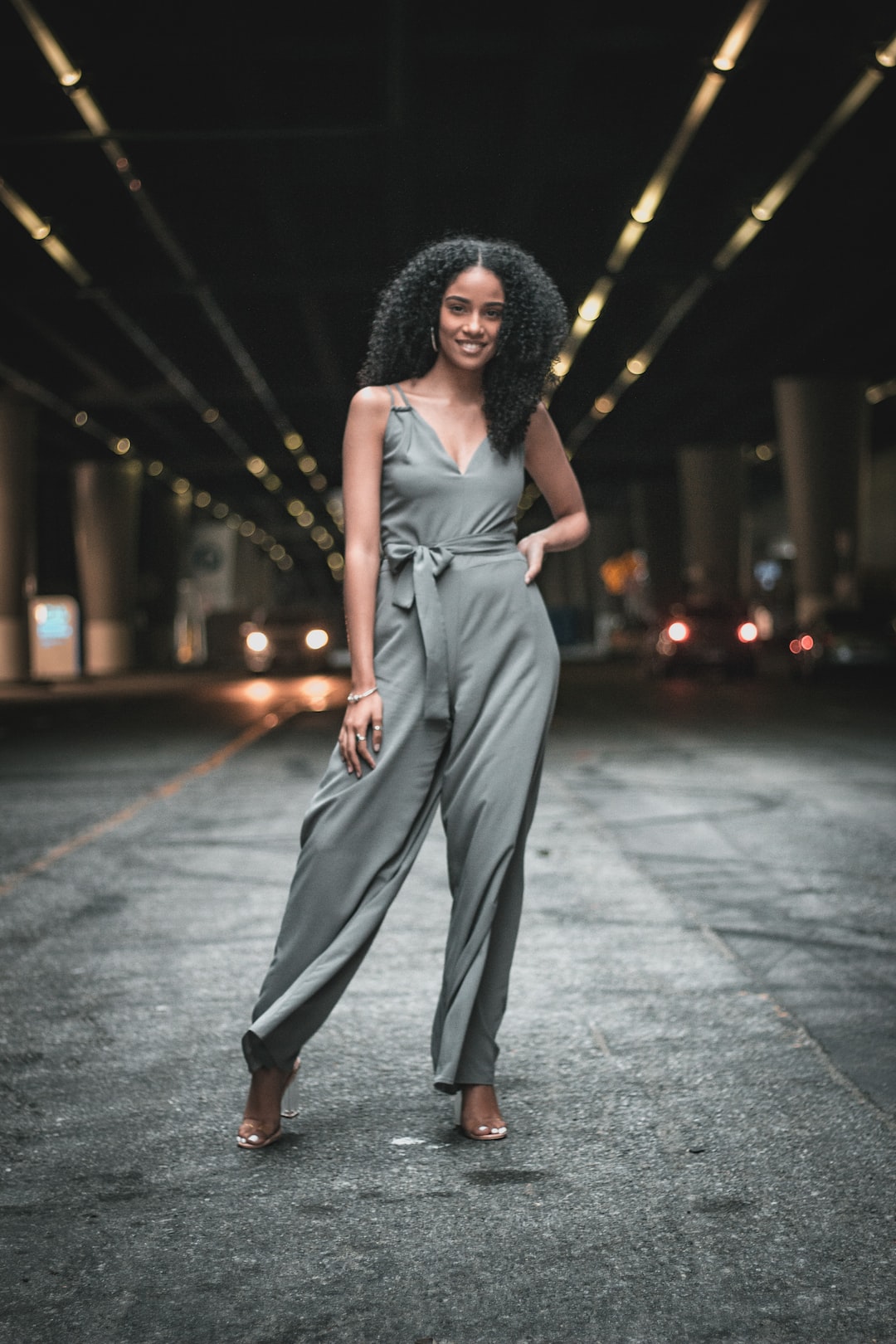Fashion for All: Breaking Stereotypes in the Industry
In recent years, the fashion industry has begun a long-overdue transformation. Traditionally, it has been associated with exclusivity, unrealistic beauty standards, and clothing designs that catered to a narrow range of body types. However, a powerful shift is taking place, as the once rigid fashion norms are being challenged and broken. The movement to embrace diversity, inclusivity, and body positivity has gained traction, as fashion brands and designers recognize the need to cater to a wider audience. This incredible revolution is not only changing the way we perceive fashion but also redefining what it means to be stylish and fashionable.
One of the major barriers that the fashion industry has faced for many years is the lack of representation for people of all races, genders, sizes, and abilities. In the past, models on the runway and in advertising campaigns tended to be overwhelmingly white, thin, and conventionally attractive. This homogeneous representation created a sense of exclusion among those who did not fit the industry’s narrow standards.
Fortunately, designers and brands are now realizing the importance of inclusive fashion and are challenging these stereotypes. Runways are becoming more diverse, showcasing models of different racial and ethnic backgrounds, body sizes, and abilities. Designers are actively seeking out models who reflect a wider range of beauty standards, broadening the definition of what it means to be beautiful.
In addition, the fashion industry is finally recognizing the untapped market of plus-size fashion. For too long, plus-size individuals have been ignored by mainstream fashion brands, leaving them with limited options and a lack of trendy, stylish clothing. However, several brands are stepping up to the plate, offering fashionable and well-fitting apparel to people of all sizes. By embracing diversity in body types, these brands are not only catering to an underserved market but also promoting body acceptance and self-love.
Furthermore, gender-neutral and gender-inclusive fashion is gaining popularity, challenging the traditional binary categorization of clothing. Many designers and brands are now creating clothing that can be worn by anyone, regardless of their gender identity. This push for gender-neutral fashion is not only breaking down stereotypes but also promoting a more fluid and inclusive society.
Another aspect of fashion that is being redefined is the concept of “age-appropriate” clothing. For far too long, society has imposed strict rules on how individuals should dress based on their age. This often resulted in older people feeling like they had limited options and were excluded from participating in certain fashion trends. However, the fashion industry is now rejecting these notions, realizing that style has no age limit. Older models are gracing runways and appearing in fashion campaigns, proving that fashion is for everyone, regardless of age.
Social media has played a vital role in breaking stereotypes in the fashion industry. Instagram, in particular, has become a platform for individuals to showcase their unique styles and challenge fashion norms. Influencers and everyday fashion enthusiasts alike have used social media to promote body positivity, inclusivity, and self-expression. Through their posts, these individuals have been able to inspire others and encourage them to embrace their own unique sense of style.
Although progress has been made, the fashion industry still has a long way to go in breaking all stereotypes. However, the movement towards greater inclusivity and diversity is gaining momentum, and it is encouraging to see more and more brands and designers embracing this change. As consumers, we have the power to support these brands, demand inclusivity, and celebrate diversity. By doing so, we can all contribute to creating a fashion industry that truly represents and celebrates the beauty of every individual.
In conclusion, the fashion industry is in the midst of an incredible transformation. Stereotypes are being challenged, inclusivity is being embraced, and the industry is becoming more representative of the diverse society we live in. The movement towards fashion for all brings hope for a future where everyone can feel confident, stylish, and beautiful, regardless of their race, gender, size, age, or ability. This revolution in fashion marks a significant step towards building a more inclusive and accepting world.

